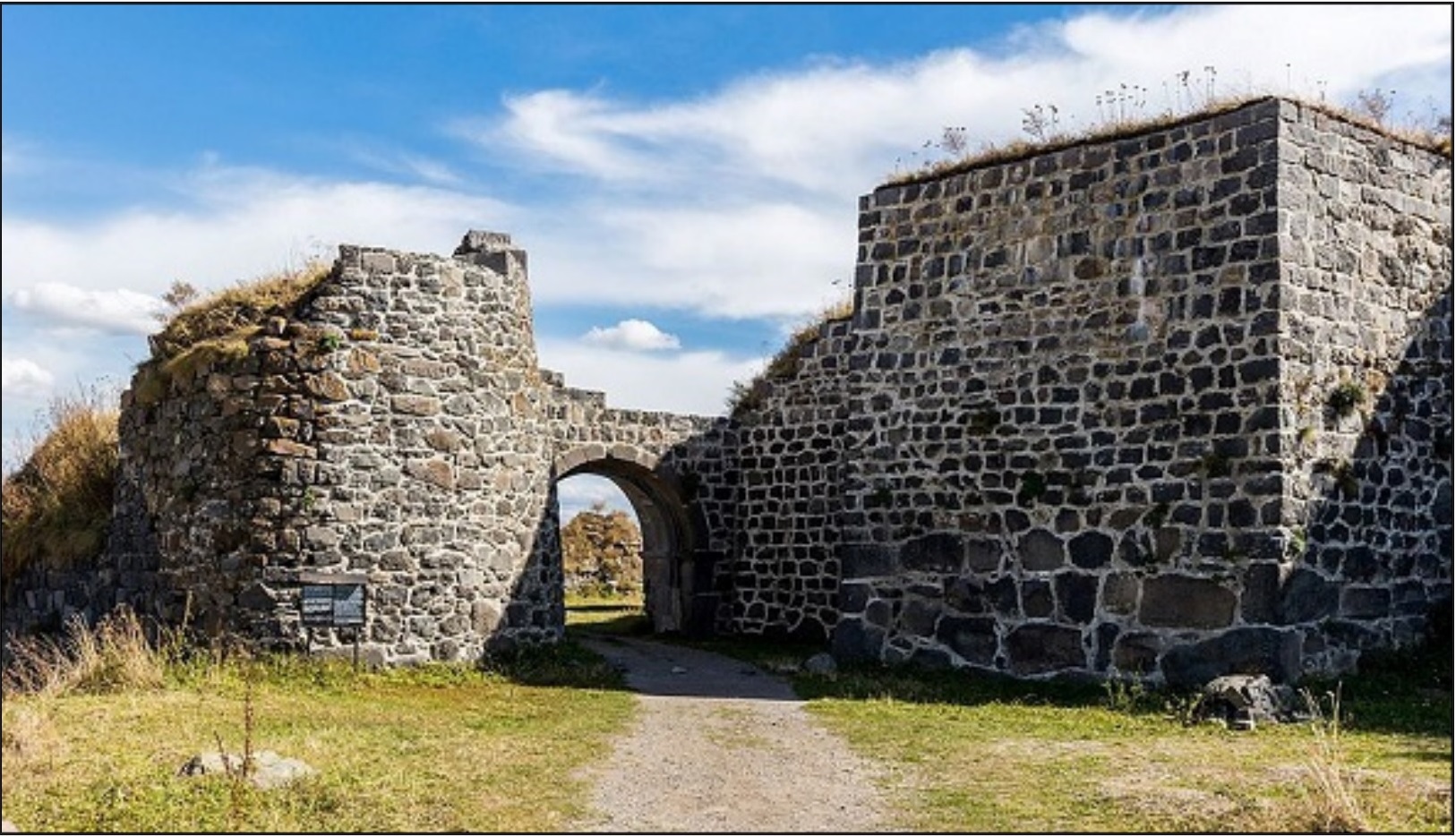Loru tower
It is located in the city of Loru, 4 km from Stepanavan east of Jelaloghlu, on the left bank of the Kolagiren river in Dagh Borchali mahal.
Dag Borchali was named Loru, Kolagiran river – Dzoraget, Jelaloghlu - Stepanavan.
Architecture
Loru district, one of the districts of Karabakh Baylarbay, and its center, Loru city, were destroyed after the Mongol invasion in 1236, and the castle was also damaged as a result of this destruction. Although it was repaired in the 14th-15th centuries, it was destroyed again as a result of the attacks that took place in the later period. The castle whose remains are located in the area is presented as an Armenian monument.
Loru city and region are named after the castle. It was built for defense purposes in the area where Azerbaijanis live. Although Lori Castle is presented in the sources as an Armenian castle of the 11th century, located near the Lori Berd village of Lori Governorate, Armenia, it is written as if it was built by David Anhoghin in 1065 to be the capital of the Tashir-Dzoraget Kingdom, but the fact that Azerbaijanis lived in the area, does not confirm this.
In 1880, Borchali uezd was organized within Tbilisi Governorate, and its largest district was Loru. Since Loru forms the mountainous part of Borchali, it is also called Dagh (Mountain) Borchali. It is written that the city of Loru once existed in this area, and that city was destroyed by the Mongols in 1236, rebuilt in the 14th-15th centuries, and subjected to Ottoman and Iranian attacks in the 15th-18th centuries. In 1918, the armed forces of the Armenian Dashnak government suddenly attacked and occupied the territories of Loru and Pambak mahals. At the Armenian-Georgian conference held in Tbilisi in January 1919, Borchali mahal (actually Loru district) was declared a neutral zone. In September 1920, the Georgian government, worried about the occupation of Gumri by Turkish troops, took control of the Loru neutral zone. In 1921, an agreement was reached between the Bolshevik governments of Georgia and Armenia on the transfer of Loru to Armenia.
The fact that the interior architecture of the mosque in the fortress, which is one of the nine mahals of the Karabakh Baylarbay of the Safavid state, is similar to the Shusha Govharagha Mosque confirms that Azerbaijanis lived and ruled the area.

























